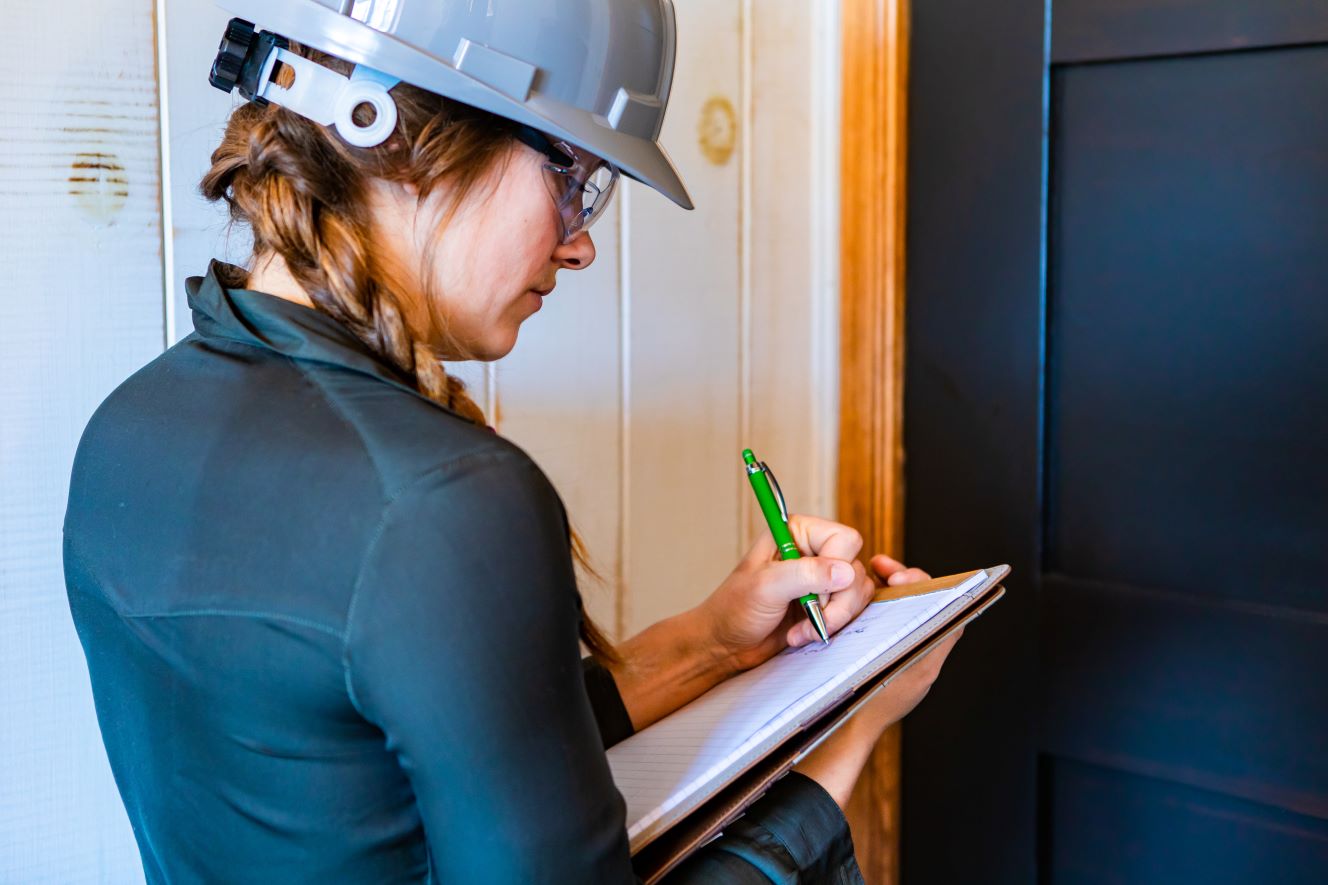As industry insiders, we’re always keen to share the latest developments that stand to make a significant impact on our sector. This time, the spotlight is on the U.S. Department of Housing and Urban Development (HUD), which is set to replace the current Uniform Physical Condition Standards (UPCS) with the National Standards for the Physical Inspection of Real Estate (NSPIRE) protocol. This shift is scheduled for public housing agencies later this year. Let’s take a closer look at what HUD’s new NSPIRE protocols mean for the industry and how it promises to revolutionize property inspections.
An Overview of HUD’s new NSPIRE Protocols
NSPIRE marks a new era in HUD property inspections, aiming to increase efficiency and effectiveness. But what sets NSPIRE apart? To start, it is grounded in a set of clear, specific, and measurable standards that are easily understood by inspectors, owners, and residents alike. NSPIRE’s primary goals are to improve the physical quality of HUD-insured and HUD-assisted properties while ensuring consistency and predictability in the evaluation of these properties.
NSPIRE Demonstration Process
The NSPIRE Demonstration process is now largely complete, but was a voluntary program for Public Housing Authorities (PHAs) and property owners/managers of HUD-subsidized multifamily properties. It allows HUD to test and refine the new inspection model before it is officially rolled out. Participants are provided with NSPIRE inspection standards and are inspected using the NSPIRE protocol. The demo phase has ended and all feedback has been received by HUD to refine the protocols before the official start.
Spotlight on New Deficiencies
NSPIRE introduces new deficiency categories, reflecting its broader and more detailed approach to inspections. For instance, it includes new deficiencies such as ‘Fire Sprinkler – Inoperable or impaired’ and ‘GFCI/AFCI – Absent or Inoperable,’ aiming to cover all potential hazards that were not explicitly defined under the previous UPCS guidelines.
Scoring in NSPIRE
HUD’s shift to NSPIRE brings with it a refreshed approach to inspection scoring. Under the previous REAC system, property scores were sometimes seen as a puzzling combination of weighted averages, with seemingly minor issues potentially causing major score reductions. NSPIRE aims to correct these anomalies and create a scoring system that better reflects the actual condition of the property.
The fundamental goal of NSPIRE’s scoring methodology is to provide a more accurate, transparent, and meaningful measure of a property’s physical condition. The intention is to make the scores more intuitive and straightforward for owners, managers, residents, and the public to comprehend.
Under NSPIRE, the scoring model is still being refined during the demonstration phase. However, a key concept that is emerging is the classification of deficiencies into three categories: Health and Safety, Function and Operability, and Condition and Appearance.
- Health and Safety: These are the most critical deficiencies, and they are intended to identify and prioritize items that pose an immediate threat to the health and safety of residents. Examples include exposed wires, blocked fire exits, and mold presence.
- Function and Operability: This category is designed to assess whether significant building systems and components are performing their intended functions. Examples include heating systems in winter, cooling systems in summer, and the operability of windows and doors.
- Condition and Appearance: This category includes deficiencies that relate to the overall maintenance and visual appeal of the property but do not necessarily affect its functionality or safety. Examples might be peeling paint, stained carpet, or minor damage to non-essential components.
The goal is that the NSPIRE scores will reflect a more holistic view of a property’s condition. In contrast to the UPCS system, where a property could receive a high score despite significant issues, NSPIRE aims to ensure that properties with serious health and safety or functional deficiencies cannot achieve high scores.
HUD’s new NSPIRE protocols are anticipated to make the scoring process more transparent, allowing stakeholders to understand why a specific score was given, and what steps need to be taken to improve it. It’s a transformative approach that brings fairness, consistency, and clarity to the property inspection scoring process. As we await further details from HUD on the final scoring model, the direction is clear – a focus on real-world impacts, and meaningful, actionable results.
The 2023 Repair Reporting Update
The year 2023 will bring changes to the repair reporting process. Under NSPIRE, properties are expected to address deficiencies within a 24-hour period or risk repercussions, ensuring timely repairs and maintenance.
GFCI/AFCI Code Requirements
NSPIRE emphasizes the National Electric Code (NEC) current GFCI (Ground Fault Circuit Interrupter) and AFCI (Arc Fault Circuit Interrupter) guidelines, focusing on reducing the risk of electric shock and fire hazards in properties.
Moving Toward NSPIRE
NSPIRE is more than just a new set of protocols for housing inspections. It’s a significant stride towards enhancing the physical quality of HUD-insured and HUD-assisted properties, making them safer and healthier living spaces for residents. As property inspectors, owners, and managers, it’s essential to familiarize ourselves with these changes to stay ahead of the curve in the industry. Stay tuned for more updates as NSPIRE unfolds!





